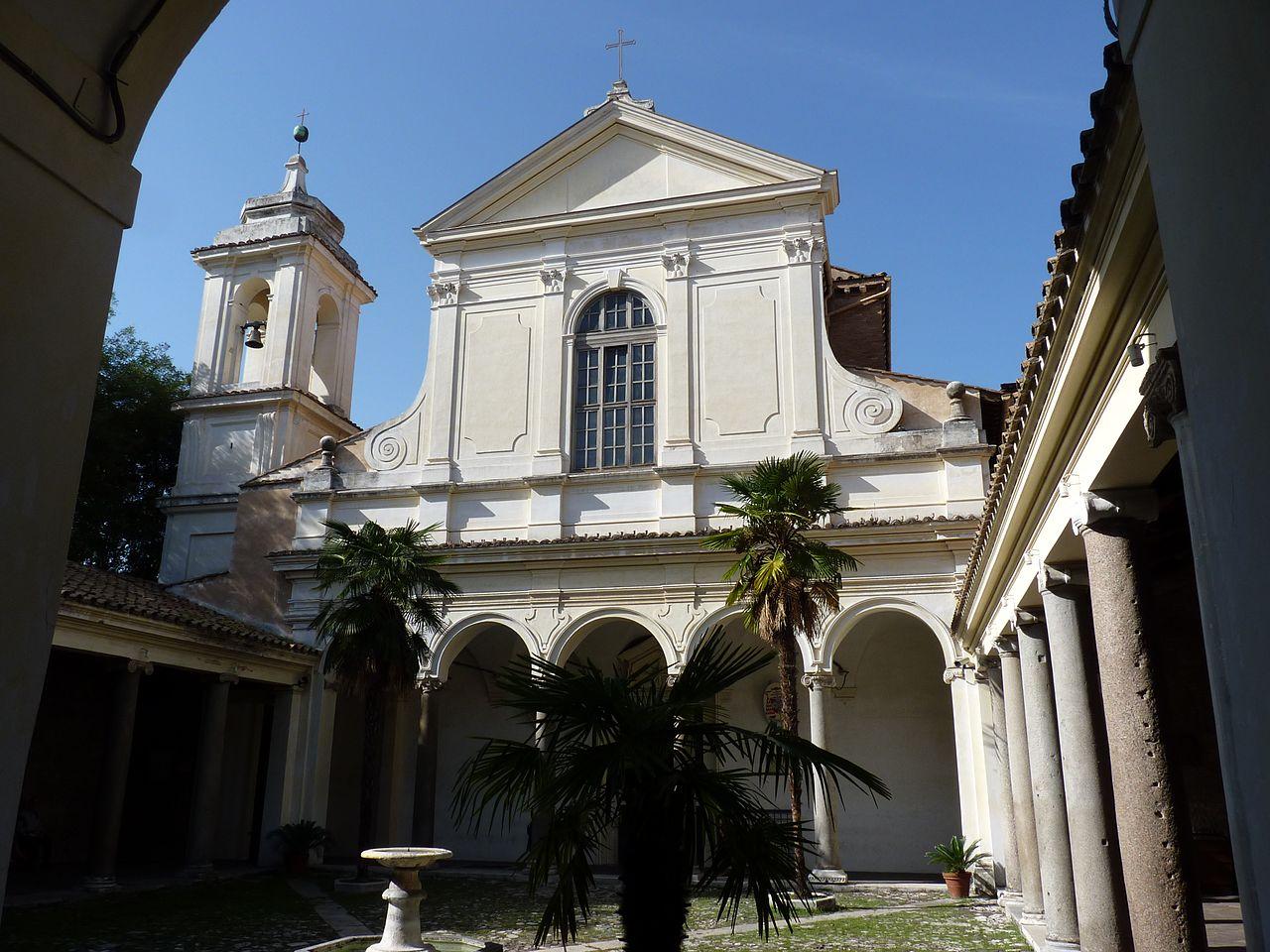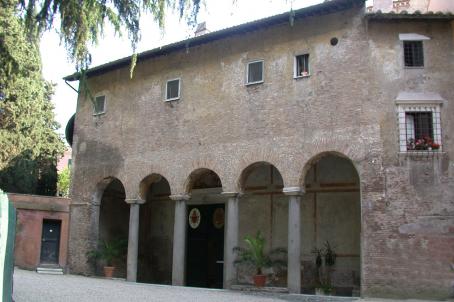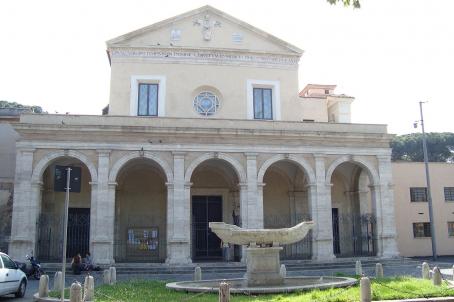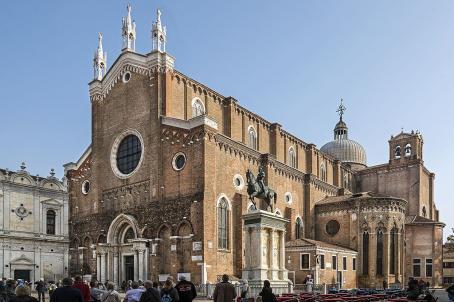Basilica of San Clemente

The present Basilica of San Clemente was built in the 12th century as part of a Dominican convent. An old basilica existed there but it is assumed that its state must have been ruinous at the time of its demolition. Numerous subsequent interventions modified its internal and external appearance; the present appearance was finally defined during an important restoration carried out between 1713 and 1719, commissioned by Pope Clemente XI and carried out by the architect Carlo Stefano Fontana.





